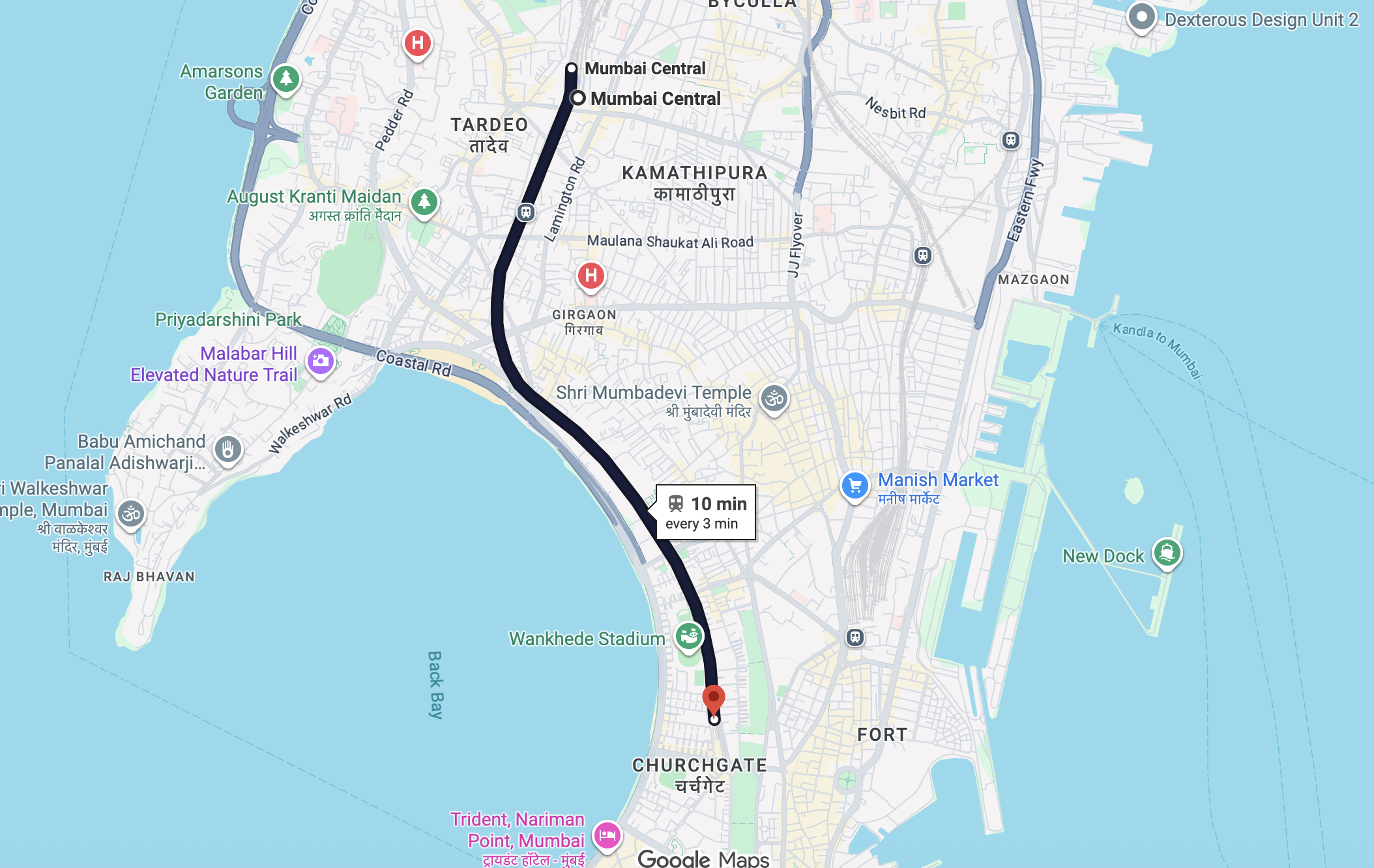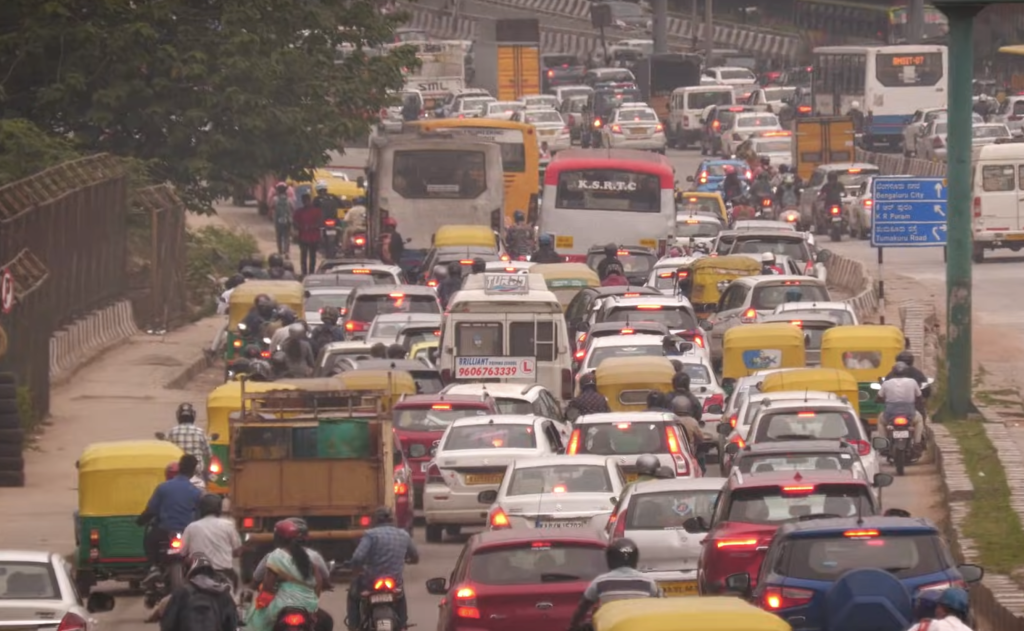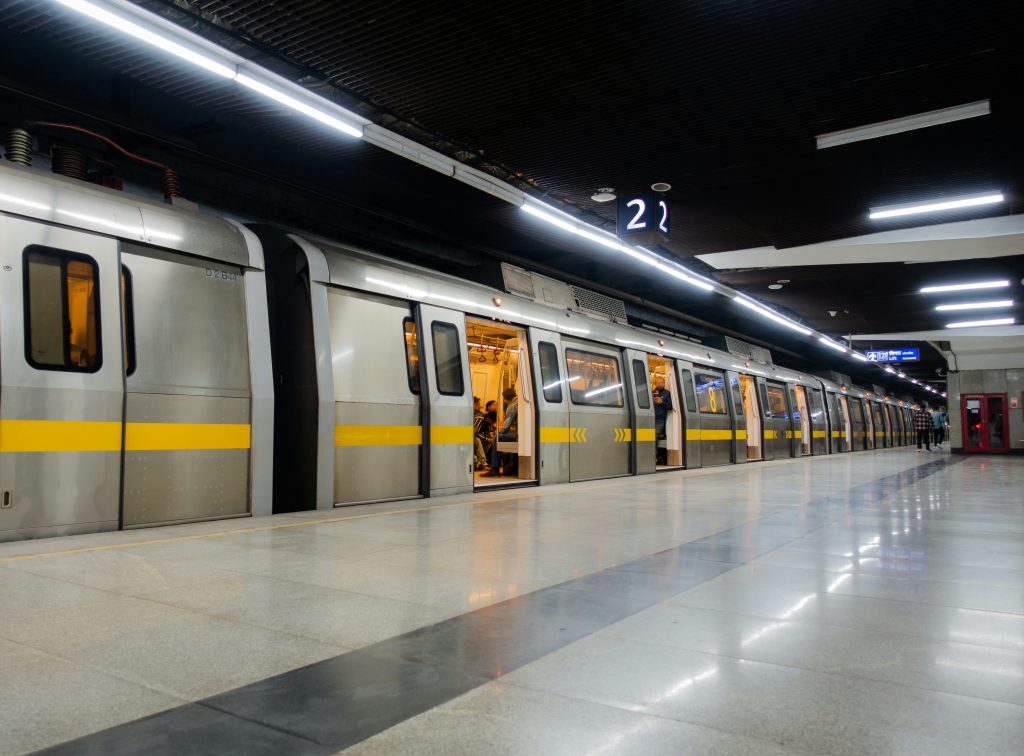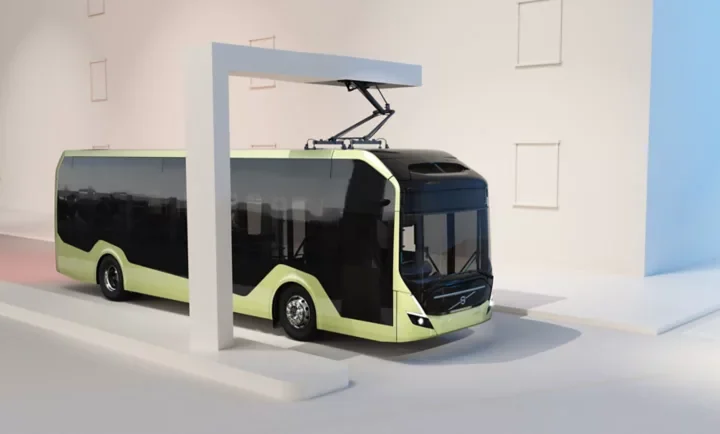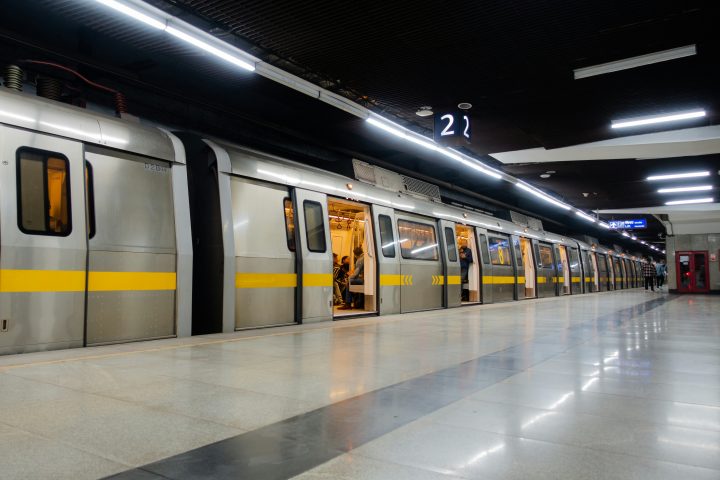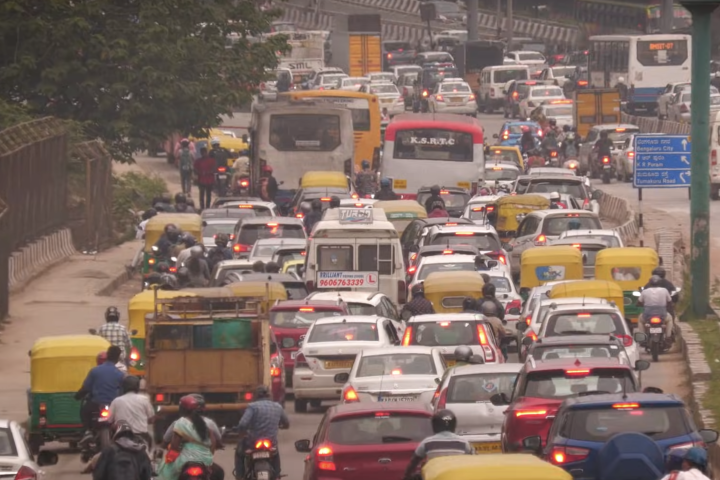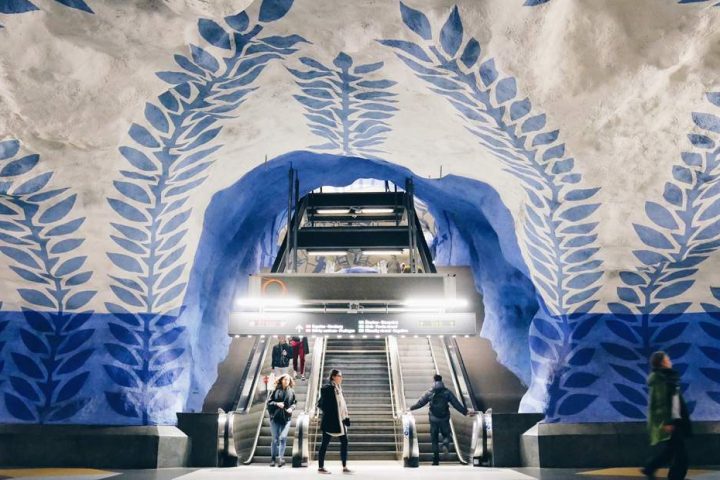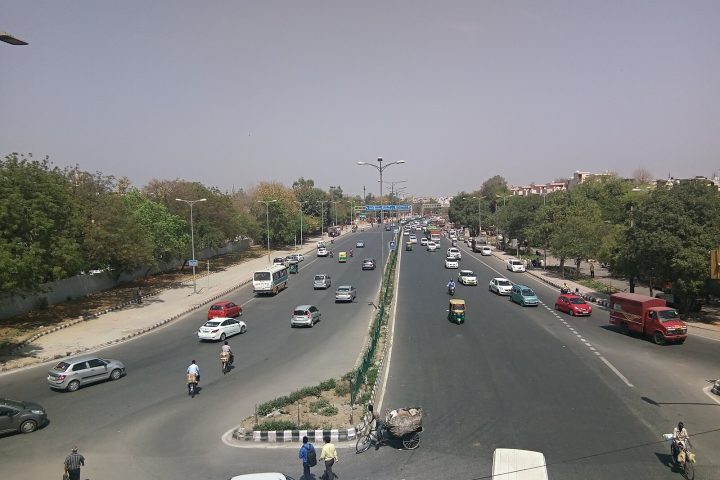The Mumbai Railway Vikas Corporation Ltd (MRVC), in collaboration with Central and Western Railways is embarking on an ambitious plan to build new suburban rail lines underground, while also relocating some existing ones. The project is part of a larger effort to add much-needed capacity to an already congested city.
The organization is borrowing the learning and the experience from Mumbai Metro which recently opened its underground section. Going underground has become necessary for rail agencies due to the high cost of land acquisition, delays from litigation, and prolonged surface disruptions during construction.
While building new underground lines is already a herculean task, the agency is also planning to move some existing operational lines below ground. One of the first under study is the Churchgate–Mumbai Central stretch, a surface track of about 5 km.
By moving the tracks and stations underground, authorities aim to free up valuable surface space, but it remains to be seen how Railways plans to redevelop it, or whether the land will be handed over to the city municipality.
The entire initiative is being done in phases with Phase 1, from Kurla to Parel, covering a 10.1 km distance, and Phase 2 covering a 7.4-km distance from Parel to CSMT.
Officials are stating that the freed up land would be repurposed for widening existing roads, building new green spaces and other infrastructure projects.
Seoul is a good example
For Mumbai, this is the first time such a project is being planned and executed, though moving tracks underground has already been done in several cities around the world.
While most cities added capacity by building new underground lines, Seoul’s Gyeongui Line stands out as it moved its operational tracks underground with minimal disruption to day-to-day services.
Seoul Metropolitan Government and Korea Rail Network Authority collaborated in late 2000s to spruce up the surface area with trees, flowers, and parks. Eventually, cafes, bars, restaurants and other commercial activity also sprung along the line.
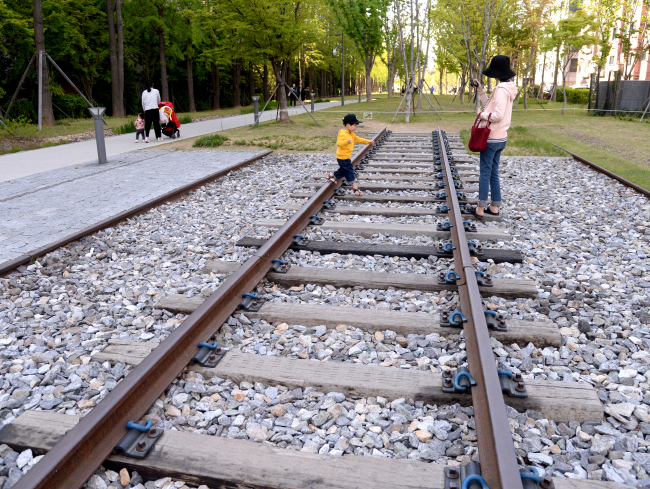
The Gyeongui Line Forest Park is not actually a single venue, but is made up of several sections intersected by roads in several places. When it was planned, the goal of the linear park was to not only increase green space but also utilize as a hook to improve mobility, provide residents a large community space and further improve economic activity.
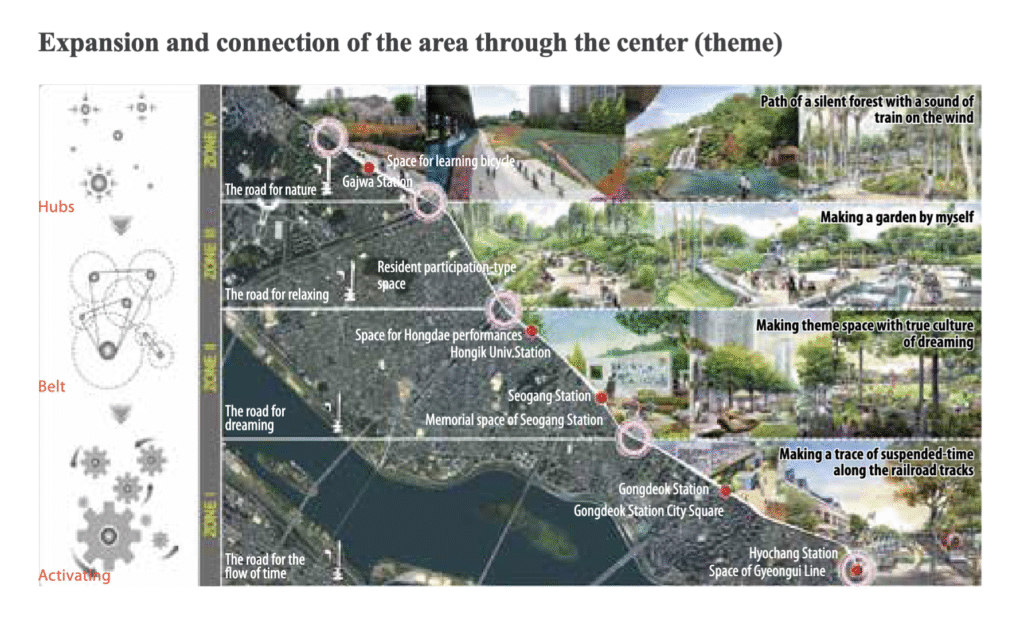
Roads that connected to nearby universities and cultural hubs were identified and converted into walkable streets.
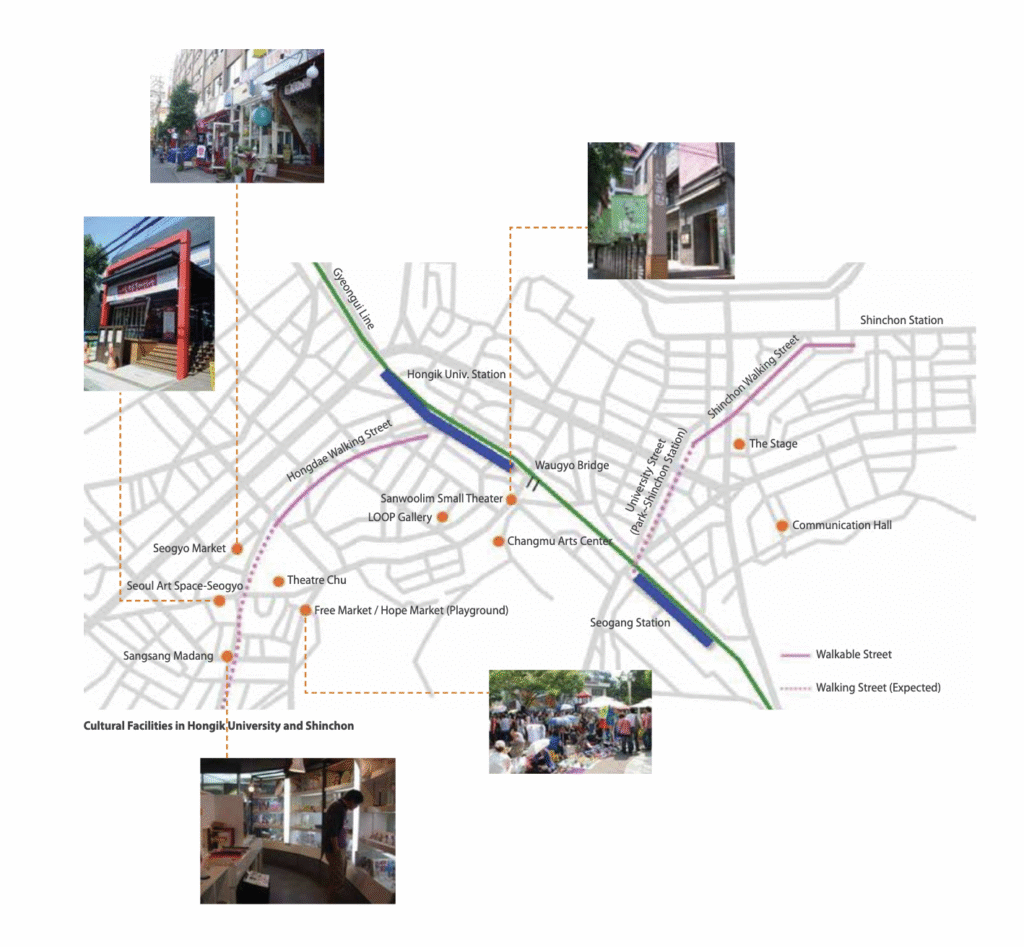
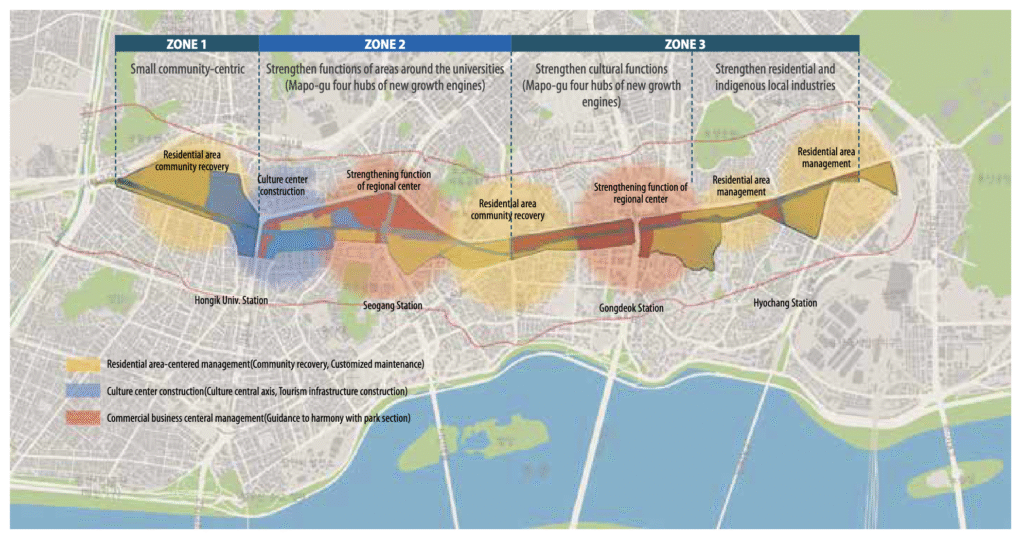
What’s is important to keep in mind that the whole project was a driven by tight collaboration with administrators, experts, residents and nearby commercial establishments. This ensured that the needs of all sections of the society were implemented in the design.
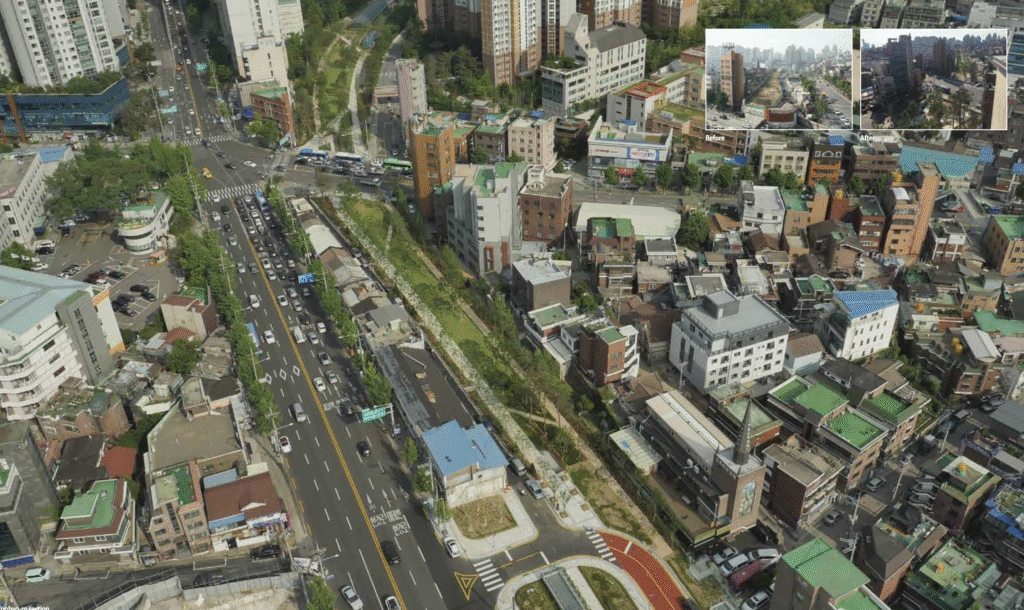
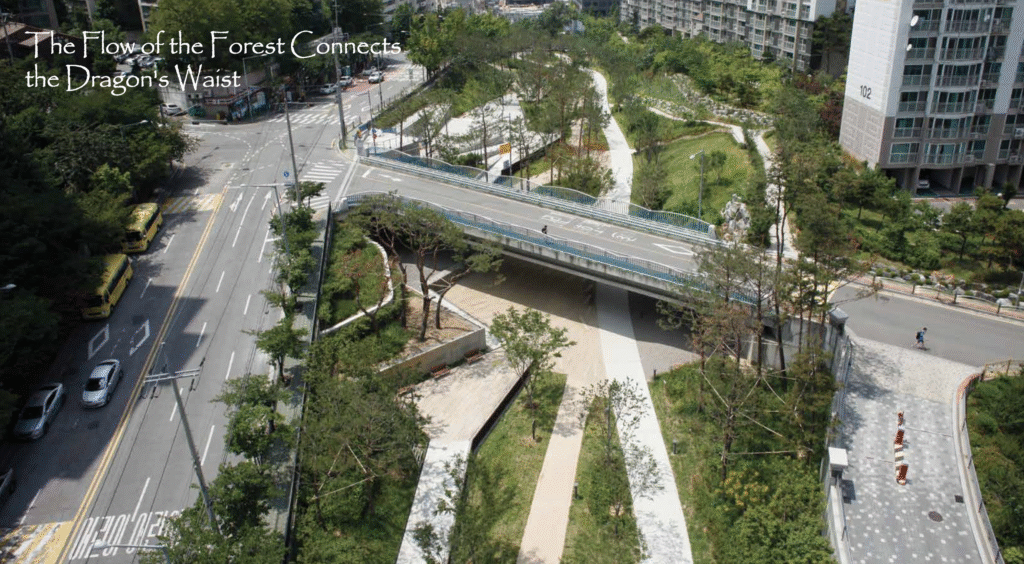
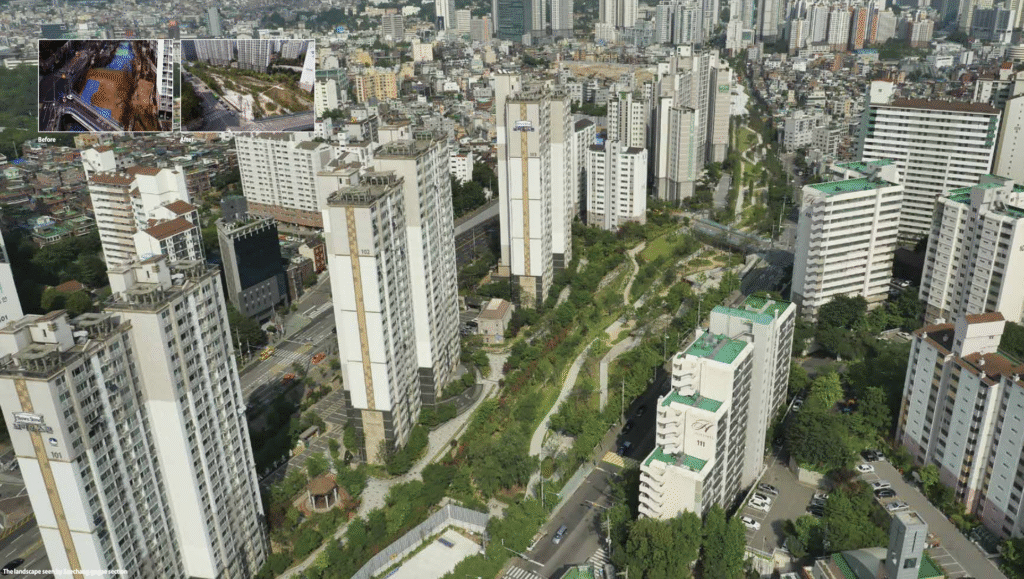
Late last year, the Seoul city government announced that they plan to bury 94 percent of the capital’s above-ground railway sections underground to create an extensive green space on the reclaimed land. The construction is slated to begin in 2027, and will take about 10 years to complete.
The government plans to spend US$18.5 billion towards the project that aims to tackle noise and vibration concerns, reduce disconnection within urban centers, and help foster a sense of bonding between its residents.
The stations themselves were not part of the earlier redevelopment plan, but that is changing as they are gathering dust and causing hindrance to others. So, for the rest of the lines, there is a now plan to include the development of 1.715 million square meters of station sites into mixed-use complexes featuring offices, shopping malls, performance venues and cultural facilities.
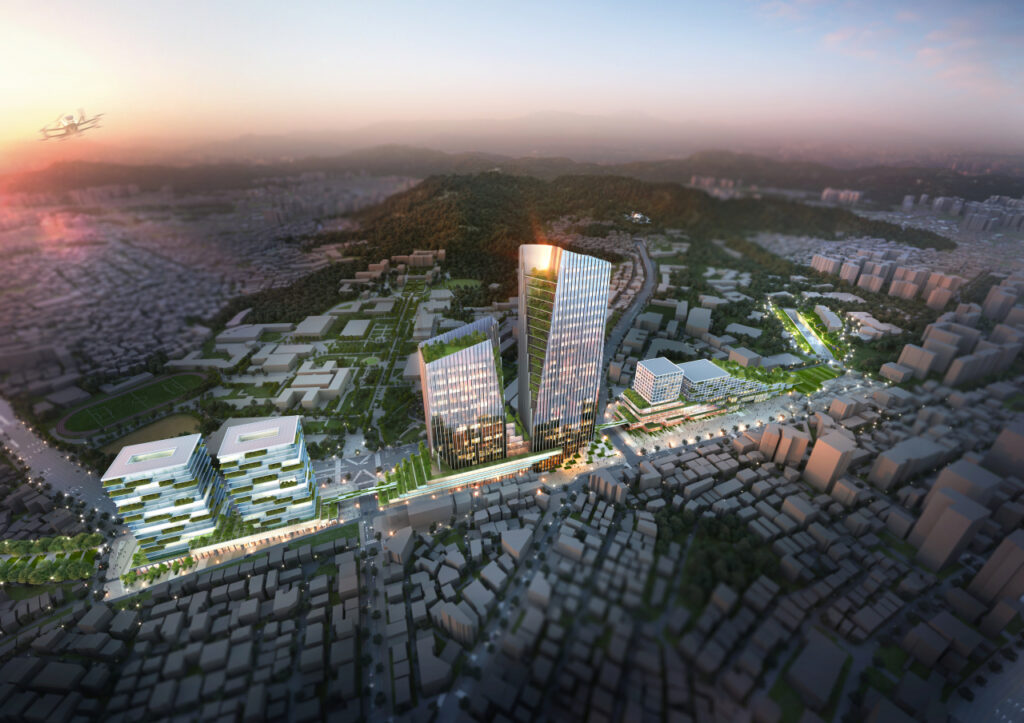
Since these can be expensive endeavors, South Korean railway operator Korail will provide the underground railway land, and use it as collateral to issue construction bonds. The fund generated from this issuance will be used to fund the development.
Can Mumbai do the same?
Poor and delayed execution in other infrastructure projects does little to inspire confidence. There are growing concerns that the released land may be auctioned off to builders rather than being reserved for public use. Critics fear it could eventually be sold to private developers for luxury housing or commercial projects.
Recently, BMC auctioned off south Mumbai market plot for 13% less than Rs 428 cr base price, surprising everyone. Likewise, questions were raised about sale of 1.25 lakh sq m land of Khatau mill in Borivli for mere 150 Cr.
Whether agencies will uphold their promise to redevelop the areas once the lines go underground remains to be seen. The land lies in prime city zones and holds significant commercial value, making the temptation to sell it hard to ignore.
